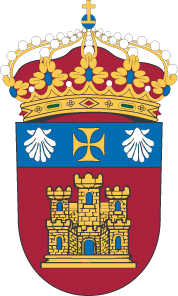Por favor, use este identificador para citar o enlazar este ítem: http://hdl.handle.net/10259/8562
Título
The application of a two-step AI model to an automated pneumatic drilling process
Autor
Publicado en
International Journal of Computer Mathematics. 2009, V. 86, n. 10-11, p. 1769-1777
Editorial
Taylor & Francis
Fecha de publicación
2009
ISSN
0020-7160
DOI
10.1080/00207160802676612
Résumé
Real-world processes may be improved through a combination of artificial intelligence and identification techniques. This work presents a multidisciplinary study that identifies and applies unsupervised connectionist models in conjunction with modelling systems. This particular industrial problem is defined by a data set relayed through sensors situated on a robotic drill used in the construction of industrial storage centres. The first step entails determination of the most relevant structures in the data set with the application of the connectionist architectures. The second step combines the results of the first one to identify a model for the optimal working conditions of the drilling robot that is based on low-order models such as black box that approximate the optimal form of the model. Finally, it is shown that the most appropriate model to control these industrial tasks is the Box–Jenkins algorithm, which calculates the function of a linear system from its input and output samples.
Palabras clave
Unsupervised learning
Exploratory projection pursuit
Black-box models
Materia
Informática
Computer science
Matemáticas
Mathematics
Versión del editor
Aparece en las colecciones











